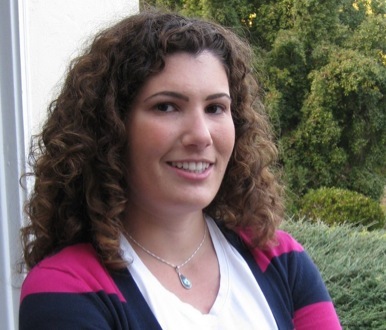Rachel Stephenson

I use resonance Raman spectroscopy to look at the vibrational components of electronic transitions. Knowing what vibrations are active and by how much can help to characterize a charge transfer process, for example. Modeling the systems using the time-dependent theory of spectroscopy helps to pull out from the experimental data parameters of the system relating to geometry changes, damping and coupling to other excited states. One part of my research looks to expand our current work on Excited STate Mixed Valence (ESMV) by looking at compounds involving one or more transition metals. Example compounds have copper, ruthenium and platinum metal components. A second area of my research looks specifically at the involvement of a solvent in the charge transfer processes, and more importantly, how to treat it within time-dependent theory. The solvent-solute interaction can be very important and can dramatically change the observed spectroscopic features, but separating the solvent contributions from the solute contributions can be difficult. The effect of other coupled states is also investigated in addition to the solvent effects.

Degrees
Ph.D., Chemistry
University of California, Los Angeles
B.A., Chemistry
Pomona College
Hobbies
Playing soccer
Knitting
Hiking
Hometown
Los Altos, CA
Research Interests
Copyright (c) 2010
Zink Research Group